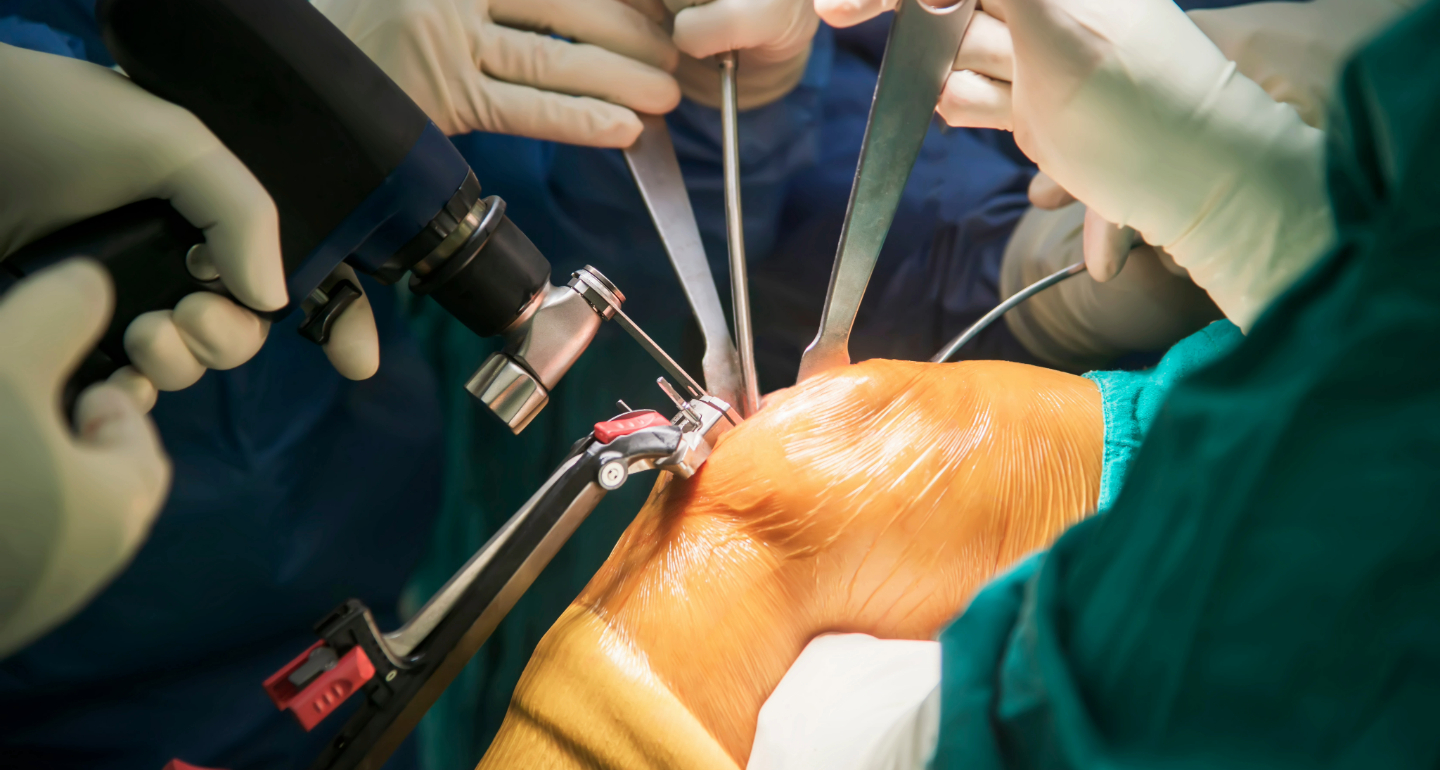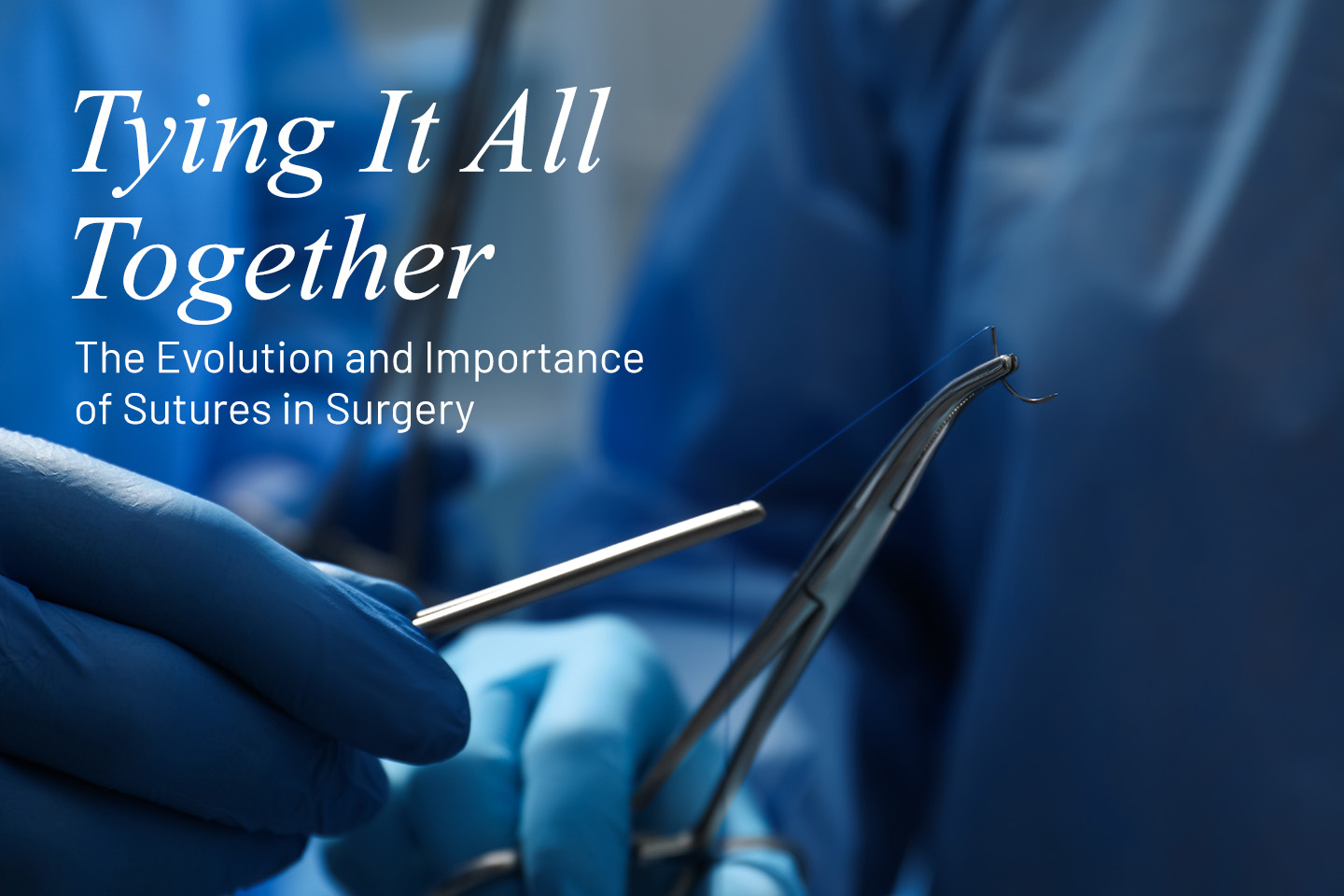Medical Devices
Advancement of Robotic Total Knee Arthroplasty

The word 'robot' finds its first mention in 1920, used to denote a fictional humanoid in a Czech-language play R.U.R. (Rossum's Universal Robots) by Karel Čapek. The modern concept of robotics began to be developed with the commencement of an Industrial Revolution, which emphasized on the use of complex mechanics electronics for ease of operations. In today’s world, robotics has found its application across several industries like construction, finance, aviation, healthcare, military, and engineering.
The first documented robotic assisted surgical procedure was performed in the year 1985, with the help of a first ever surgical robot named PUMA 560 (Westinghouse Electric, Pittsburgh, Pennsylvania). Robotics as a technology for better precision soon found its way in the field of orthopedics as well. In 1992, an advanced surgical system named ROBODOC, developed by the Integrated Surgical Systems, Inc. (ISS), and IBM; was used to successfully prepare a cavity in the femur for hip replacement procedure in human patients. It not only carried out the task with better precision, but also did it in record time. Robotic surgery with these technologically advanced devices is associated with smaller skin incisions, improved precision of soft-tissue dissection, better visualization of the surgical field, and more comprehensive data capture for surgical training. Clinically, this has translated to robotic surgery enabling faster postoperative rehabilitation and decreased span of hospital stay as compared to conventional surgery for these procedures.
Total Knee Arthroplasty (TKA) is an effective and cost-efficient procedure that is performed in almost 1,75,000 patients every year in India. Accurate implant positioning, balanced flexion-extension gaps, proper ligament balancing, and preservation of the periarticular soft-tissue envelope are some of the important surgeon-controlled variables that affect functional outcomes, implant stability, and long-term implant survivorship. Conventional jig-based Total Knee Arthroplasty (TKA) uses radiographic films (pre-operative), anatomical landmarks (intra-operative), and manually positioned jigs to guide the bone resection and implant positioning. However, these conventional handheld techniques are associated with poor reproducibility of alignment-guide positioning, accidental sawblade injuries to the periarticular soft-tissue envelope, and limited intra-operative data support on gap measurements or ligamentous tensioning to get precise implant positioning. Suboptimal implant positioning or improper gap balancing may lead to poor functional recovery, reduced clinical outcomes, increased instability, and thus lesser implant survivorship.
Robotic TKA procedure on the other hand uses computer software to convert anatomical information obtained into a virtual patient-specific 3D representation of the knee joint. The anatomical information may be obtained using preoperative CT (image-based) or a combination of preoperative radiographs and intra-operative osseous mapping (imageless). The surgeon uses this virtual model to plan optimal bone resection, implant positioning, bone coverage, and limb alignment based on the patient’s unique anatomy. The robotic arm then helps to execute this preoperative patient-specific plan with a high level of accuracy. With the advancement in technologies, there has been a huge surge in robotic TKA over the last decade. Computer-navigated TKA provides patient-specific anatomical data with recommendations for bone resection and optimal component positioning. Whereas Robotic TKA takes this one step further by actively controlling and/or restraining the surgeon’s motor function to improve the accuracy of achieving the planned bone resection and implant positioning. Some of the advanced robots of fully active nature even take all the bone cuts as per the provided plan. CUVIS Joint (made by Curexo Inc. South Korea, marketed and sold by Meril Healthcare Pvt. Ltd. in India) is an example of a fully active robotic TKA application system.
The results of further high-quality studies of robotic TKA with longer term follow-up on functional outcomes, implant survivorship, complications, and cost-effectiveness are awaited, but researchers and early adopters of the technology are quite confident of getting consistent good results over a period of time.
Read more about Meril Robotics here: https://www.merillife.com/robot





